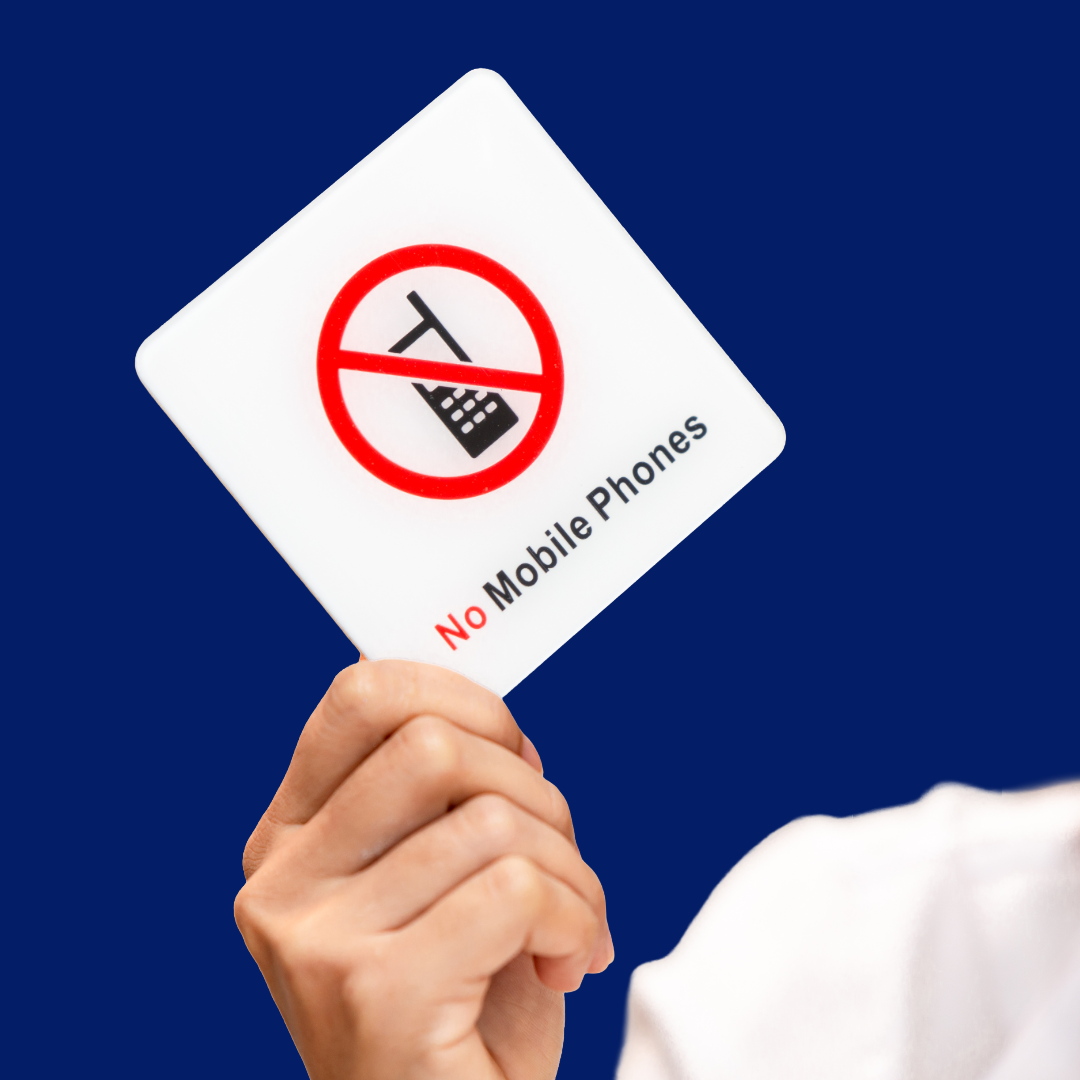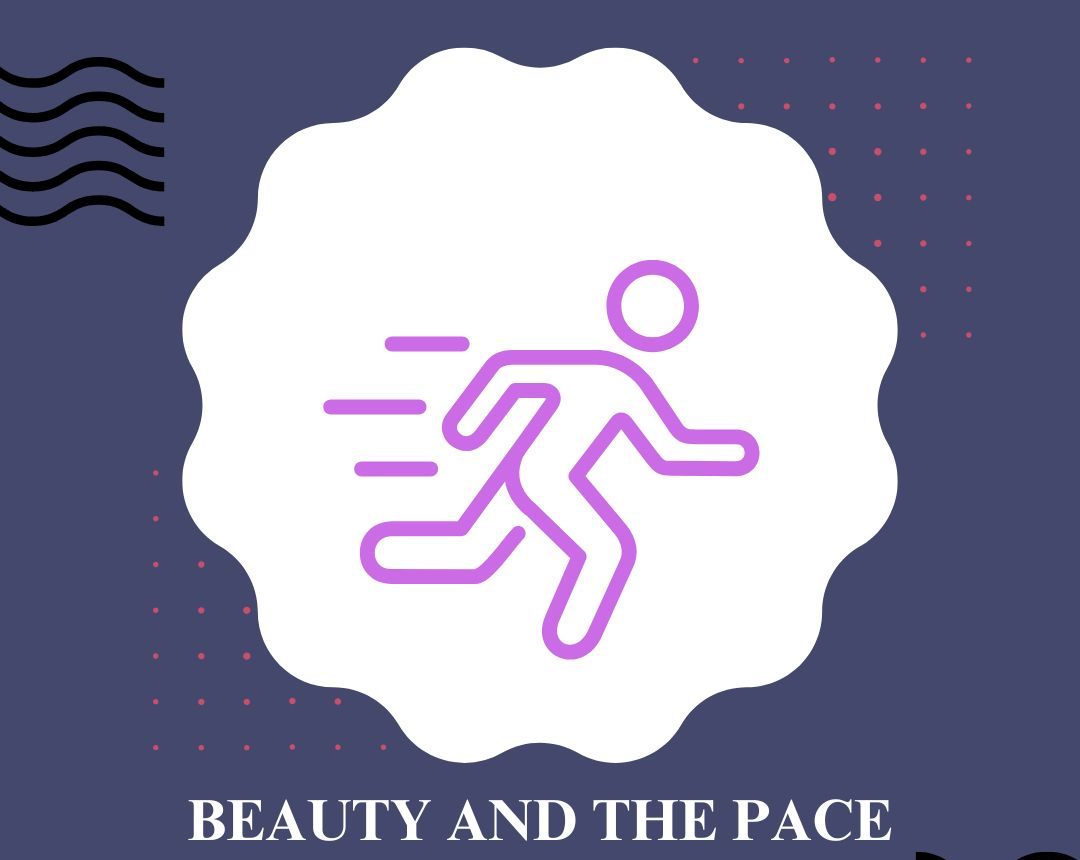The Introduction
The obsession with youth and beauty has become a modern pandemic. Society has influenced youth into believing that consumption is a necessity, and visible aging is horror.
I, at a fragile 15 years-old, find myself mesmerized by my mother’s hefty collection of Lancôme serums and Aveeno anti-aging creams. Stacks of those glistening vials and bottles are lined up against the countertop. Nowadays, that visual has become increasingly more common in the vanity of the modern tween.
Social media has been flooded with clips and parodies of adolescents rushing to beauty stores, particularly Sephora, a leading cosmetic location. Stressing about the availability of the infamous Drunk Elephant products, and an especially worrying concept, the best retinol to use.
Before diving into the modern disarray, we need to start with a backstory on its history. Youthfulness is and was undoubtedly associated with success, and this success has morphed into modern day conception that beauty is in fact prosperity.
There are two main points of interest that can explain the current anti-aging crisis, consumability and fear.
Consumability: The Products and the People
The youngest generation, Gen Alpha, hasn’t known a life without social media.Due to this, Gen Alpha is also most affected by the “starting young” anti-aging philosophy. When doing research for this article, the accessibility of content is interesting.
Simply search up buzzwords and phrases like “Sephora Tweens” or “12 Year Old Makeup Routine”, and you will see rows and rows of juvenilia showing their recent Sephora haul, putting their parents down a couple of hundred dollars.
A large demographic of “beauty content” is hauls. Hauls, in simple terms, are videos displaying what the content creator has recently bought.
Looking away from toxic beauty culture, there is an undeniable toxic social climate. There are thousands of likes and views on videos detailing shopping sprees, and because this topic is such a popular keyword, the tween Sephora hauls have skyrocketed in popularity. Overconsumption is fueled by one thing, interaction. Impressionable youth see this and think, “I can become famous too.” They ask their parents, who only want to make them happy, to buy up all of the products in their local beauty boutique and become hooked.
Overconsumption has become the new adolescent addiction.
Fear: Phobia of Visual Oldness
The overconsumption of products in America ties back to beauty standards.
The basic facial archetype within recordable history has always been youthful and lively. As women grow older, they become less desirable and, in hand, less useful. That ideology has been drilled into Western society for a millenia.
Although not outright said in here-and-there conversation, everyone who was once or still is a little girl knows what it feels like to be self-conscious. Although the male youth experiences problems in dysmorphia as well, this retrospective is specifically catered more towards female beauty standards. Nonetheless, both parties experience the hidden fear of perception.
Gen Alpha finds themselves to be mesmerized by the way the typical older woman acts, how she dresses, and what she knows. That’s something that these schoolgirls attempt to recreate while still trying to maintain that smooth time-frozen skin. The idea is to be seen as a grown-up without actually growing up. Don’t get me wrong, there is just as much a unhealthy amount of tween makeup content, but skincare is the focus of tribulation.
There is no physical need for these girls to smear retinol and creams on their delicate skin. It’s a mentality, one that has been continuously fueled and encouraged.
The End
There is damage being done to both tweens’ skin and mind. There is a growing fear being instilled in older generations that adolescents are walking down a somewhat dystopian path. Worrying about adult matters is what causes tweens to start growing up too fast.























